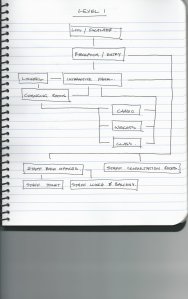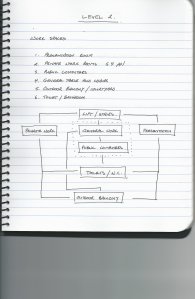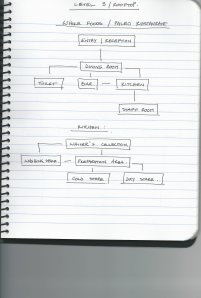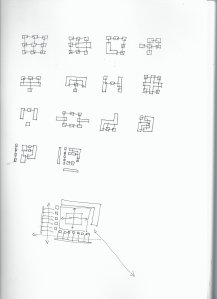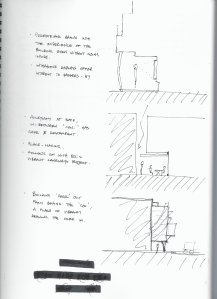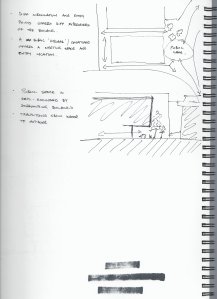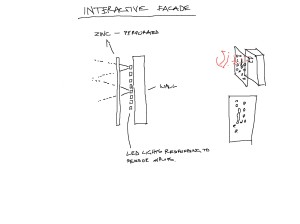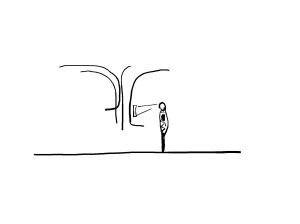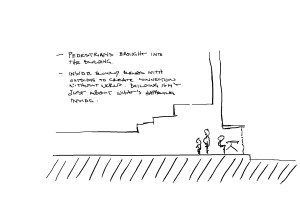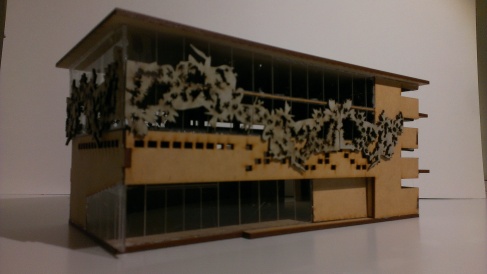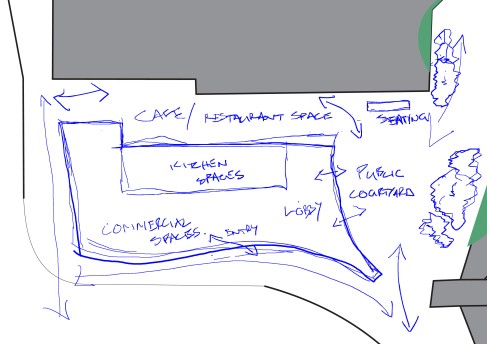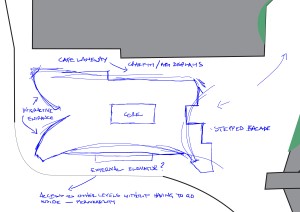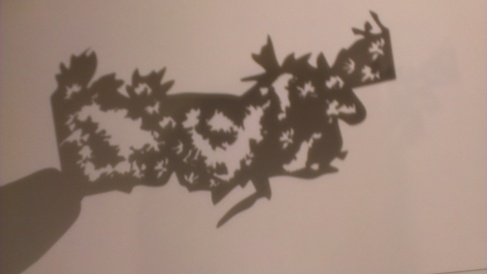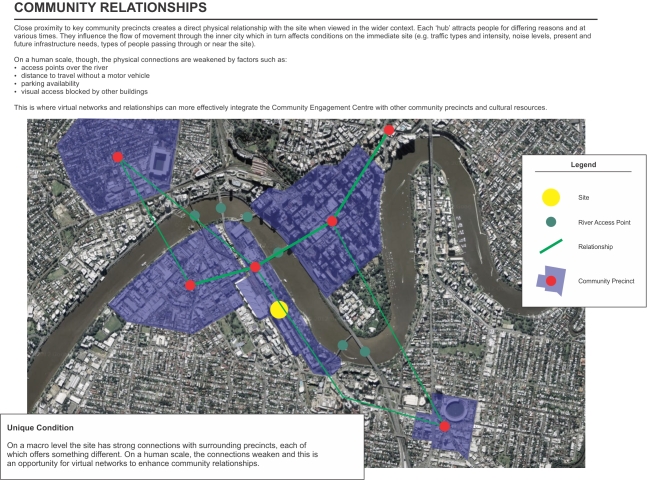On one of my visits to the site I, rather than taking photos and observing traffic, light and so forth, sat at a distance (mostly in the park along Little Stanley St) and thought about the immediate context and how this related to the concept of ‘community’ and my design of a community centre. I took down notes in the form of some short sentences and some expanded ideas. The nature of it is fairly abrupt, written as ideas came to me.
“Community is defined by a number of elements such as culture which makes up a people’s identity. Although this identity is always grounded in a place, the intangible identity and the place/location reflect each other and give reference just as longitude and latitude are both needed to define a specific point on the earth’s surface. The physical place always has characteristics which are unique, which allow the person to recognise it through a subconscious feeling. A community engagement centre must understand this first so as to identify these unique qualities and so determine what that feeling is. Once this is achieved, the identity of the community can be better understood and the designer can begin to influence this feeling to provoke alternate feelings, thoughts and experiences thus defining a unique sense of place within the building.”
“This site is in between two thoroughfares. Both are busy and have a fair amount of traffic although the grey st one is transient and fast moving while the southbank side is slow and relaxed.”
“What experiences, thoughts and feelings can the building provide that not only interests the people of both sides but makes them want to stay, to come back, to tell other people?”
“Street level is all important, the buildings here are not engaging or particularly architecturally interesting (apart from the key ones discussed in assign 2) yet people still come here. They come for the activities within the buildings; they are looking at what is happening on street level. The first impression is the ground floor and anything above comes after. Interior experiences seem to be more important.”
“Materials should be ‘honest’ and not too loud. They should create something close to a canvas, a back drop. The community has vibrancy, the people have colour and this should be allowed to be expressed without unnecessary colours and finishes clouding ti. The community has a mix of personalities which combine to form a whole and a mix of materials may be desirable provided they do not become an eclectic jumble; they must be addressed sensitively and cohesively.”
“Think about a hierarchy of privacy, small and intimate spaces as well as open public space.”
“Do not give it all away at ground floor, create a need for people to explore the building by drawing them through it.”

